Kicking off the day by reading the latest news on a smartphone has become a habit of millions. If it’s not news, you might use a browser for a different purpose. Probably, no one else than Safari would come to the mind of iPhone users. It’s fast, secure, and works smoothly on Apple devices, but sometimes, it won’t work as desired.
If Safari is not loading or working on your iPhone 15 or 15 Pro series, keep reading this guide as I’ll walk you through effective solutions to fix it. Whether the browser is not opening or websites are not loading, the solutions I’ve discussed below should take care of them.
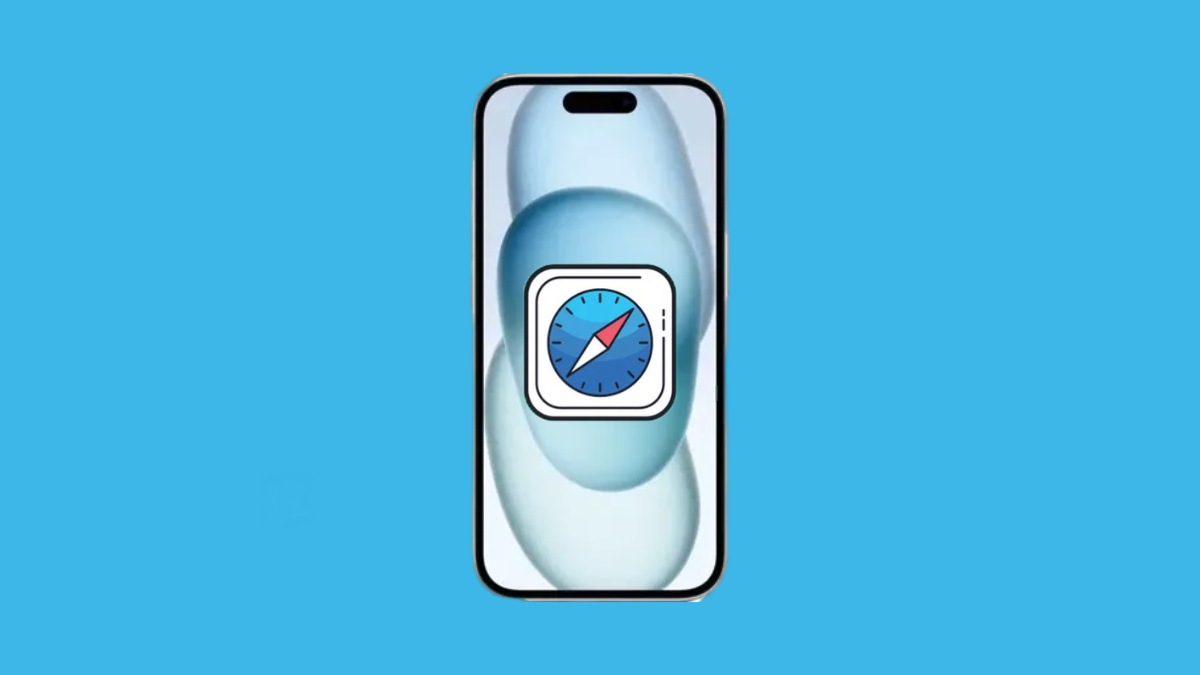
Page Contents
- Why Is Safari Not Loading or Working On My iPhone 15?
- How to Fix Safari Not Loading or Not Working on iPhone 15
- 1. Restart Your iPhone
- 2. Check Your Internet Connection
- 3. Turn off VPN
- 4. Try a Different Network
- 5. Disable Safari Suggestions
- 6. Check Screen Time Settings
- 7. Disable Safari Extensions
- 8. Clear Browsing Data and History
- 9. Enable JavaScript for Safari
- 10. Turn off Experimental Features
- 11. Update Your iPhone
- 12. Reset Network Settings
- 13. Factory Reset Your iPhone
- Conclusion
Why Is Safari Not Loading or Working On My iPhone 15?
Before implementing a fix, you should understand the underlying reasons behind a problem. So, here are common reasons why Safari may not work on an iPhone:
- Poor internet connectivity: Your iPhone may have an unstable internet connection, causing website loading failure in Safari. Test your connection stability and speed by running multiple internet speed tests and analyzing the results.
- Corrupted/outdated app cache: Safari browser with outdated or corrupted cache can bring many problems, including failed app launch or website unable to load. Clearing the Safari app cache can resolve the problem.
- Conflicting Safari extensions: Safari browser supports extensions, which can be very helpful. But, sometimes, they conflict with the website or browser functions, causing many problems. It could be the reason why websites are not loading in Safari.
- Misconfigured network settings: Your iPhone may have incorrect network settings, preventing the websites from loading correctly in Safari. You can reset the network settings to see if it works.
- Outdated Safari app: Running an outdated Safari browser could cause app launch or website loading failures. You must update it to its latest version for the latest fixes and improvements.
How to Fix Safari Not Loading or Not Working on iPhone 15
In this section, I’ve jotted down effective ways to tackle Safari problems you may be facing right now. Don’t lose hope in the middle, as you never know which solution will work out in your favor. So, try them one by one until you get your Safari fixed.
The website you’re trying to access may have technical issues. Try opening google.com in Safari. If the page loads successfully, there’s nothing wrong with Safari. However, if it doesn’t load, try these solutions to fix it.
1. Restart Your iPhone
We’ll begin our troubleshooting with a method we all have heard about – restart your iPhone. I know it sounds pretty basic, but it’s been a known solution to a lot of problems.
Restarting your device clears temporary memory and closes running applications. It also forces the device to re-establish the connection.
Whether your Safari browser is not opening or websites are not loading, restarting the device can fix these problems.
To restart your iPhone 15, follow these steps:
- Press and hold the side button and either of the volume buttons until you see a slider.
- Drag the slider to power off your iPhone.
- Press and hold the side button until you see the Apple logo on your screen.
After restarting your iPhone, connect it to the internet and launch the Safari browser to check if everything is fine.
2. Check Your Internet Connection
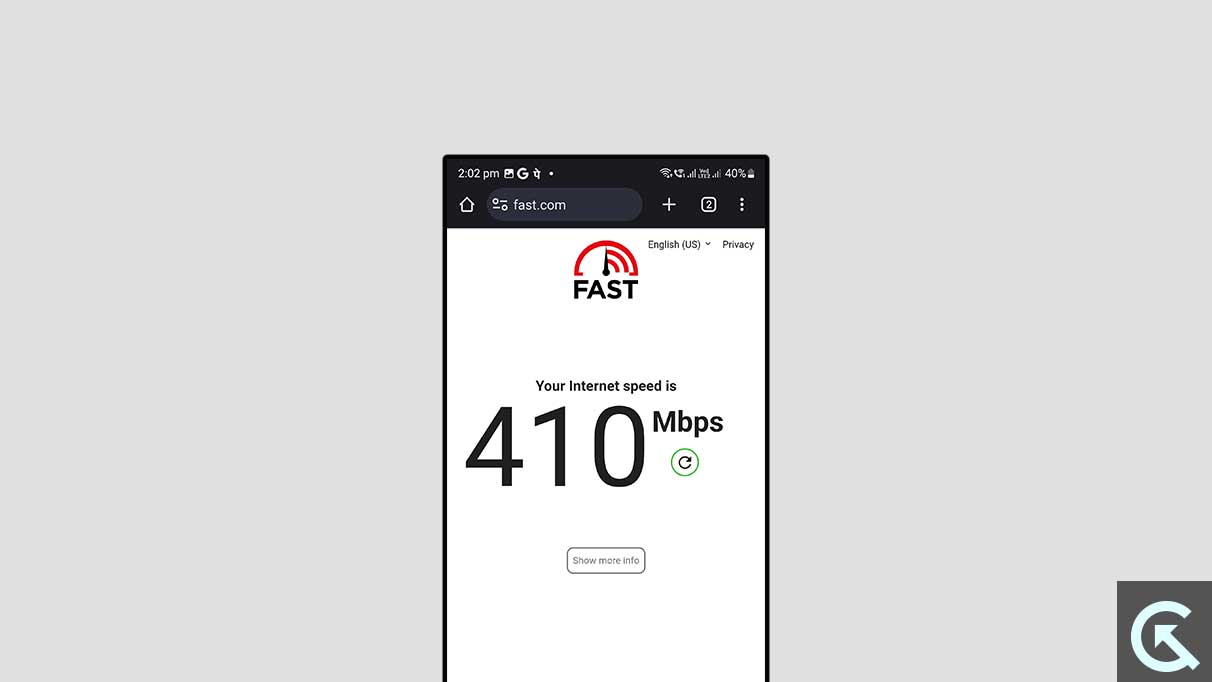
If you can’t open websites in Safari, there could be technical difficulties with your internet connection. It could be a result of an unstable connection. Hence, you must ensure the connection is stable and offers a decent download speed (if not fast enough) for smooth browsing.
There’s no tool to check your connection stability. Instead, run multiple internet speed tests via speedtest.net or fast.com and analyze the result. If the results differ a lot, you should reboot the router.
To reboot your router, unplug the router’s power cable for a minute and plug it in again. Now, connect your iPhone to the Wi-Fi network and use Safari.
3. Turn off VPN
VPN protects your online identity by masking your real IP address and routing your data through secure channels. However, using a non-reliable VPN service can have the opposite effect.
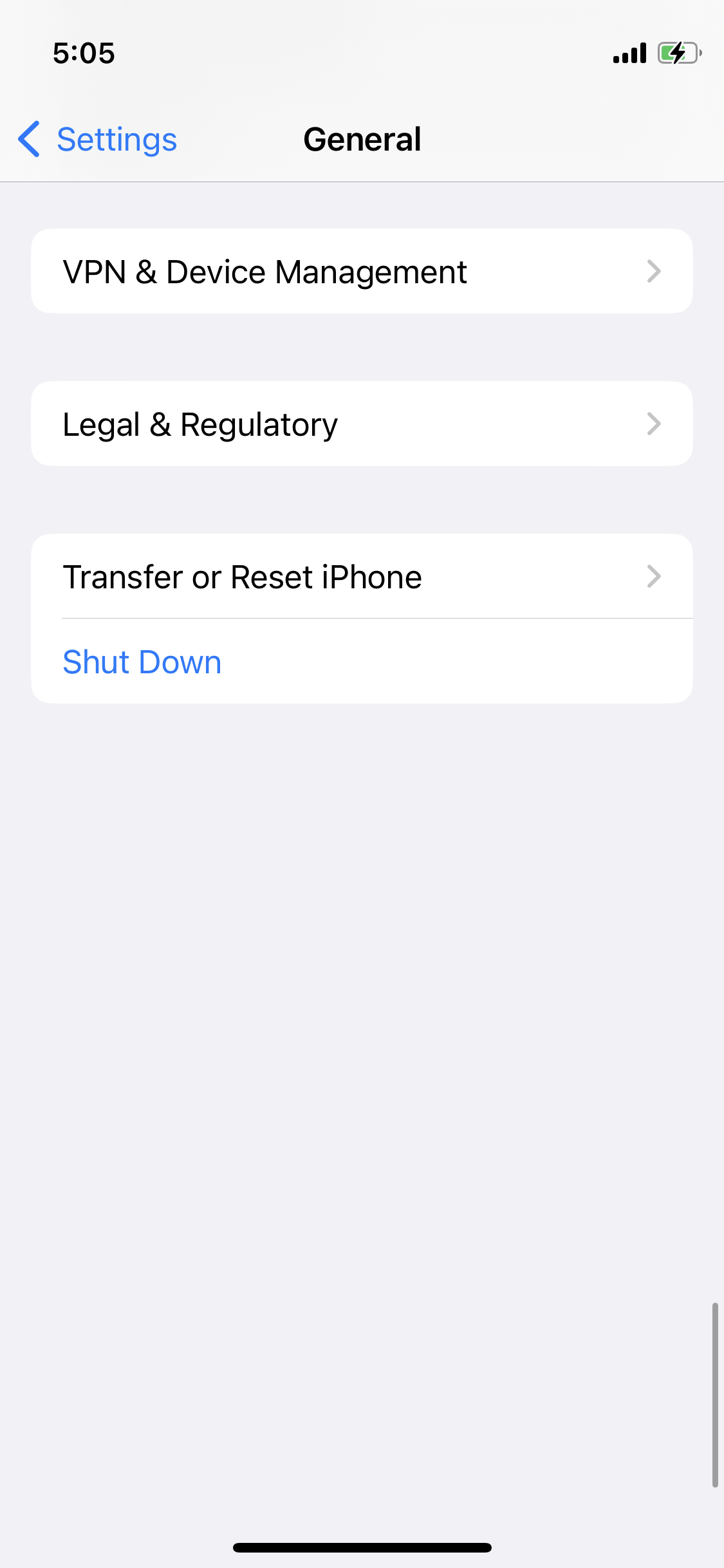
Free VPNs are often busy with a high load. If you’re using one, it can result in slow internet speed, or sometimes the websites won’t load at all.
To check if your VPN is causing problems with Safari, turn it off. Launch Safari and visit a few websites to check if they are loading fine.
4. Try a Different Network
Sometimes, switching to a different network is all it takes to fix the website loading errors in Safari. Your ISP may have issues, so switching the networks does the trick.
Turn off Wi-Fi and enable mobile data if you’re connected to a Wi-Fi network. Launch Safari to check if the problem has been resolved.
5. Disable Safari Suggestions
If Safari is not launching on your iPhone, turning off Safari Suggestions might fix the problem. While the reason is unclear, it has worked for many users, so I’ve listed it here.
How to turn off Safari Suggestions on iPhone:
- Open the Settings app.
- Please scroll down to Safari and tap on it.
- Toggle off Search Engine Suggestions and Safari Suggestions.
Try relaunching Safari to check if the problem is fixed. If not, try the following solutions.
6. Check Screen Time Settings
If you have set a time limit for the Safari app, make sure the limit is not reached. After reaching the time limit, the app won’t launch and notify you about the same.
How to check time limits for apps:
- Open the Settings app and tap on Screen Time.
- Select App Limits. You’ll see a list of apps that have a set time limit.
- If Safari is there, tap on it and click Delete Limit.
If no time limit is set for Safari, the next step is to check the Content & Privacy Restrictions settings on your iPhone.
If Content & Privacy Restriction is turned off, your iPhone will block certain websites. Check if your iPhone is set to access specific websites. If you’re trying to access a website that isn’t there in the list, it won’t load.
- Open Settings and tap on Screen Time.
- Click Content & Privacy Restrictions.
- Disable the toggle for Content & Privacy Restrictions.
Launch Safari and open a website to check if it is working.
7. Disable Safari Extensions
Safari extensions are helpful as they add more functionalities. However, adding too many can sometimes conflict with browser functions and cause problems. Hence, wisely choose the extensions. Don’t add them for the sake of adding too many functionalities.
To check if any of the Safari extensions are causing problems, disable them temporarily.
- Open the Settings app on your iPhone.
- Tap on Safari and click Extensions.
- You’ll see a list of installed extensions. Tap on an extension and toggle it off.
- Repeat the above step to disable all extensions.
Once done, launch Safari to check if the problem has been resolved. If yes, enable extensions one by one to find the culprit. However, if the problem persists, try other solutions.
8. Clear Browsing Data and History
Cleaning Safari is another effective solution if the browser doesn’t launch or websites take too long to load. If you haven’t cleared Safari data, they can build up over time and cause problems.
Here’s how to clear Safari data:
- Open the Settings app on your iPhone.
- Scroll through the list to find Safari and tap on it.
- Click Clear History and Website Data.
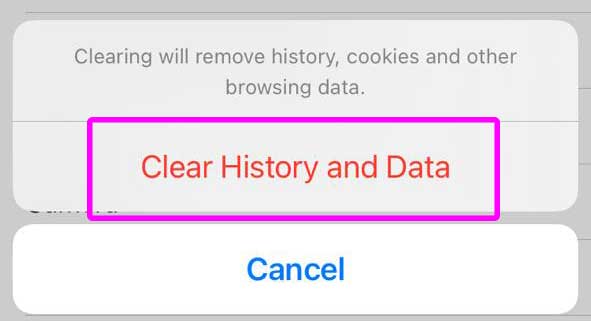
Relaunch Safari after the cleanup to check if it works fine.
9. Enable JavaScript for Safari
Most websites use JavaScript to make it more interactive. If you have disabled JavaScript for Safari, the website may not load properly. Sometimes, they might not load at all.
Enabling JavaScript for Safari could fix website loading issues.
- Go to the Settings app and tap on Safari.
- Click Advanced and toggle on Javascript.
10. Turn off Experimental Features
Safari lets you test features before they are released to the public. For this, you have to turn on Experimental Features. Testing out new features is exciting, but sometimes they won’t work correctly and create problems.
Check if you have turned on Experimental Features. If yes, turn it off:
- Open the Settings app and click Safari.
- Tap on the Advanced option.
- Toggle off all experimental features you’ve enabled already.
If Safari works without any issues, enable an experimental feature one by one to find the one causing the problem.
11. Update Your iPhone
iOS updates are crucial, often including fixes to known issues and many improvements. Hence, it’s a no-brainer always to keep your iPhone up-to-date.
If the Safari problem is widespread, Apple should release a fix as an update. Hence, update your iPhone to check if it can resolve the issue.
To check for updates, click Download and Install to Settings -> General -> Software Update.
12. Reset Network Settings
Incorrect network settings on your iPhone could trigger issues with Safari. If so, resetting the network settings can fix it. Before we go further, let me remind you that doing this will remove saved Wi-Fi networks and paired Bluetooth devices. It will also revert all network-related settings to their default.
Steps to reset network settings on iPhone:
- Open Settings and tap on General.
- Click on Transfer or Reset iPhone.
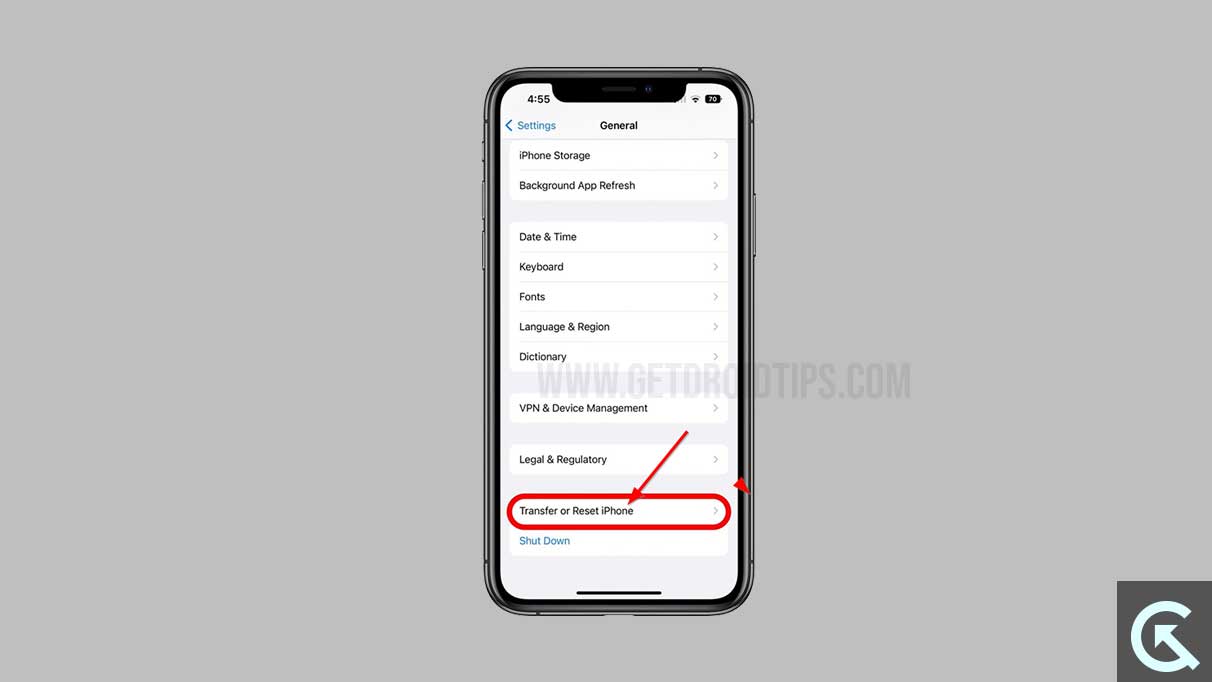
- Click Reset and choose Reset Network Settings.
- Confirm your lock screen pin or password.
- Tap on Reset Network Settings.
Once done, turn on Wi-Fi and connect to your network. Launch Safari and open a few web pages to check if it works.
13. Factory Reset Your iPhone
Factory reset is the best approach to resolve all software issues on your iPhone. But it shouldn’t be your go-to method. Always try to fix the problem without factory resetting the device, as it causes data loss.
Performing a factory reset will remove everything stored on your iPhone, including photos, videos, documents, and installed apps. Hence, take a backup of important files before a factory reset.
Steps to factory reset your iPhone:
- Open the Settings app and select General.
- Click Transfer or Reset iPhone.
- Tap on Erase All Content and Settings.
- Click Continue and confirm your lock screen.
- Wait for the backup to complete. You can skip it by tapping on Skip Backup.
- Enter your Apple ID password and click Turn Off.
- Tap on Erase iPhone.
Factory reset should resolve all Safari problems on your iPhone. But, in the worst case, if the problem persists, reach out to Apple support for further help.
Conclusion
Browsers have made it easy to access the internet, and our reliability on them is rising. Hence, If they don’t work, it can be a tough time. However, fixing the issues is not complicated if you follow the right approaches.
In this guide, I have shared 13 effective troubleshooting ways to fix the Safari not loading or not working problem on the iPhone 15 and 15 Pro series. I hope this guide has been helpful to you. If you have any questions, write them in the comments below. I’ll try to get back to you at the earliest.
Do not forget to check out our Apple section for more tips, tricks, and troubleshooting guides for your Apple devices.
